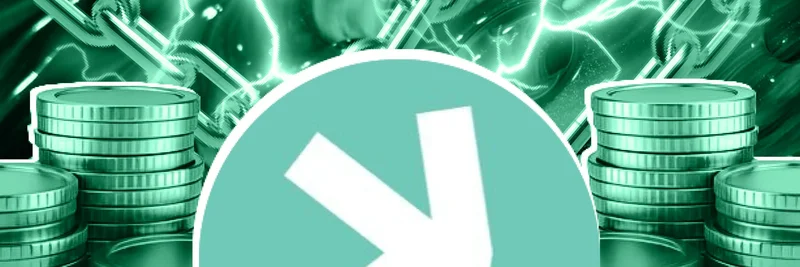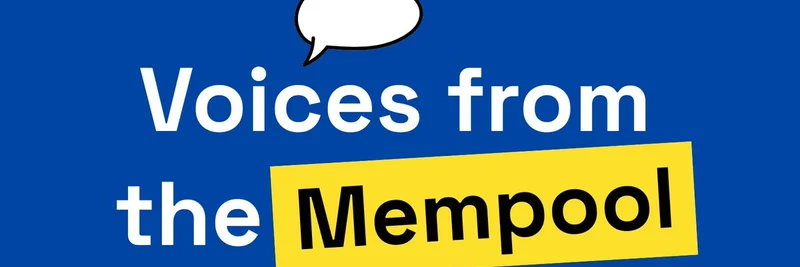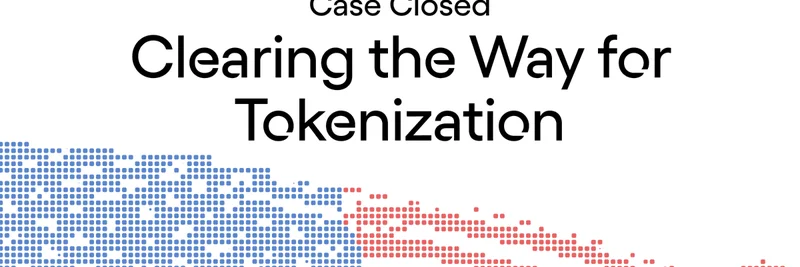Hey there, crypto enthusiasts! If you’ve been scrolling through X lately, you might have stumbled upon a buzzworthy post from BSCNews about Kaspa ($KAS), a Layer-1 blockchain that’s turning heads in the crypto community. Posted on August 2, 2025, the tweet promises a “FULL ANALYSIS” of what makes Kaspa stand out among other blockchains. With an eye-catching image of coins and chains, it’s clear this project is aiming to grab attention—and for good reason! Let’s dive into what Kaspa is all about and why it’s sparking so much excitement.
What’s Kaspa All About?
Kaspa is a Layer-1 blockchain, which means it’s a foundational network designed to handle transactions and smart contracts directly, without relying on secondary layers (like Layer-2 solutions such as Lightning Network). What sets it apart is its use of blockDAG technology, a clever twist on the traditional blockchain. Instead of processing blocks one after another like Bitcoin or Ethereum, Kaspa allows multiple blocks to be created and processed at the same time. This innovation, powered by the GHOSTDAG protocol, helps Kaspa achieve blazing-fast transaction speeds—up to 3,000-4,000 transactions per second with just 10-second confirmation times!
Launched on November 7, 2021, Kaspa had a fair launch with no premine or pre-sales, meaning no one got a head start with free tokens. This decentralized approach has built a global community, with contributors from over 16 countries. The name “Kaspa,” inspired by Aramaic words for “silver” and “money,” hints at its goal: to be a practical, everyday digital currency to complement Bitcoin’s “digital gold” status.
The Tech That Powers Kaspa
At the heart of Kaspa is its blockDAG structure. Traditional blockchains stack blocks in a single line, which can slow things down if miners create competing blocks (called “orphans”). Kaspa’s blockDAG fixes this by letting all blocks coexist and linking them into a graph-like structure. The GHOSTDAG protocol then sorts these blocks, prioritizing honest ones to keep the network secure. This setup lets Kaspa handle 10 blocks per second (BPS) after its recent Crescendo Hardfork in May 2025—ten times faster than its original 1 BPS!
Another cool feature? Kaspa sticks to proof-of-work (PoW), the same consensus method Bitcoin uses, but with a twist. It maintains Bitcoin’s security while boosting speed, making it a hybrid of old-school reliability and modern efficiency. Plus, with plans to hit 32 BPS or even 100 BPS in the future thanks to a Rust rewrite (Rusty-Kaspa), Kaspa is gearing up for some serious scalability.
The Crescendo Hardfork: A Game-Changer
The Crescendo Hardfork, activated on May 5, 2025, was a major upgrade for Kaspa. This wasn’t just a tweak—it was a full rewrite from Golang to Rust, dubbed Rusty-Kaspa. The result? A network that’s faster, more efficient, and ready for new features. Here’s what changed:
- Speed Boost: From 1 BPS to 10 BPS, handling thousands of transactions smoothly.
- New Features: Support for payloads (data in blocks), paving the way for smart contracts and apps.
- Developer Tools: Things like additive addresses and a Python SDK make it easier to build on Kaspa.
This upgrade has also made solo mining more accessible, spreading the network’s hashrate and keeping decentralization intact. It’s a big step toward making Kaspa a go-to platform for decentralized finance (DeFi) and beyond.
Why the Hype on X?
The BSCNews tweet links to a detailed guide that dives into these innovations, and the replies show the excitement. Users like @bullfucksbear are calling Kaspa unbeatable, while @JVE_Wealth highlights its “unique edge” in the Layer-1 space. Even seasoned crypto folks are chiming in, asking for expert takes on what makes $KAS special. With a current price of $0.08245 (per CoinMarketCap), and a 24-hour trading volume of over $75 million, the market’s taking notice too.
Tokenomics and Community
Kaspa’s token, $KAS, has a max supply of about 28.7 billion, with 26.51 billion circulating as of July 30, 2025. Its emission schedule halves the block reward yearly in a smooth, musical-inspired way (based on a 12-note scale!), starting from 440 KAS per block in 2022. This fair distribution—over 70% of addresses hold small amounts—keeps the community strong and decentralized.
The project’s open-source nature, with code on GitHub, and a global team effort, add to its appeal. Plus, running full nodes on cheap hardware like Raspberry Pis shows how accessible it is!
Is Kaspa the Future?
Kaspa’s blend of speed, security, and decentralization makes it a contender in the crowded blockchain space. With support for ZK-rollups (a Layer-2 scaling trick) and ongoing upgrades, it’s positioning itself for mainstream adoption. Whether you’re a miner, developer, or investor, Kaspa’s potential is hard to ignore—especially with the community buzz on X!
What do you think? Ready to dive deeper into $KAS? Check out more at kaspa.org or join the conversation on their Discord. And if you’re into meme tokens or other crypto trends, stick with us at Meme Insider for the latest updates!



